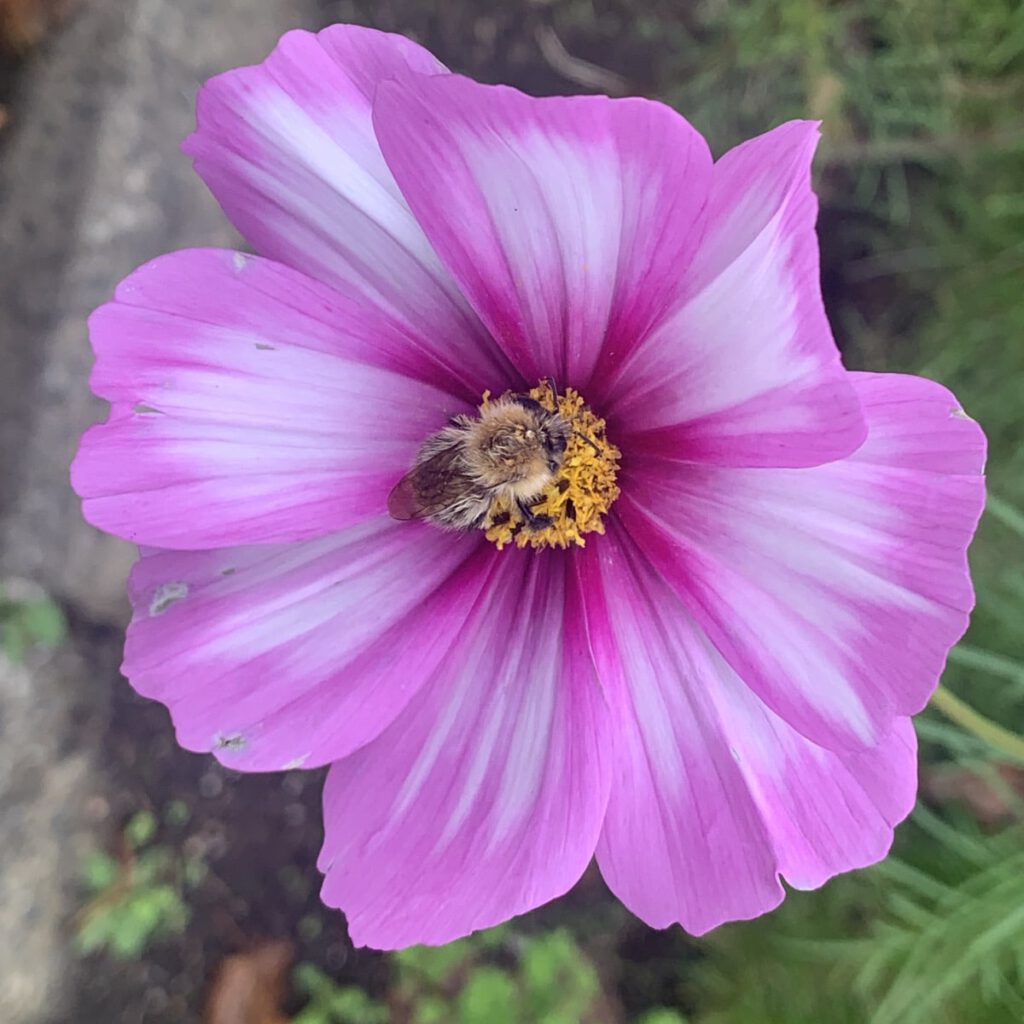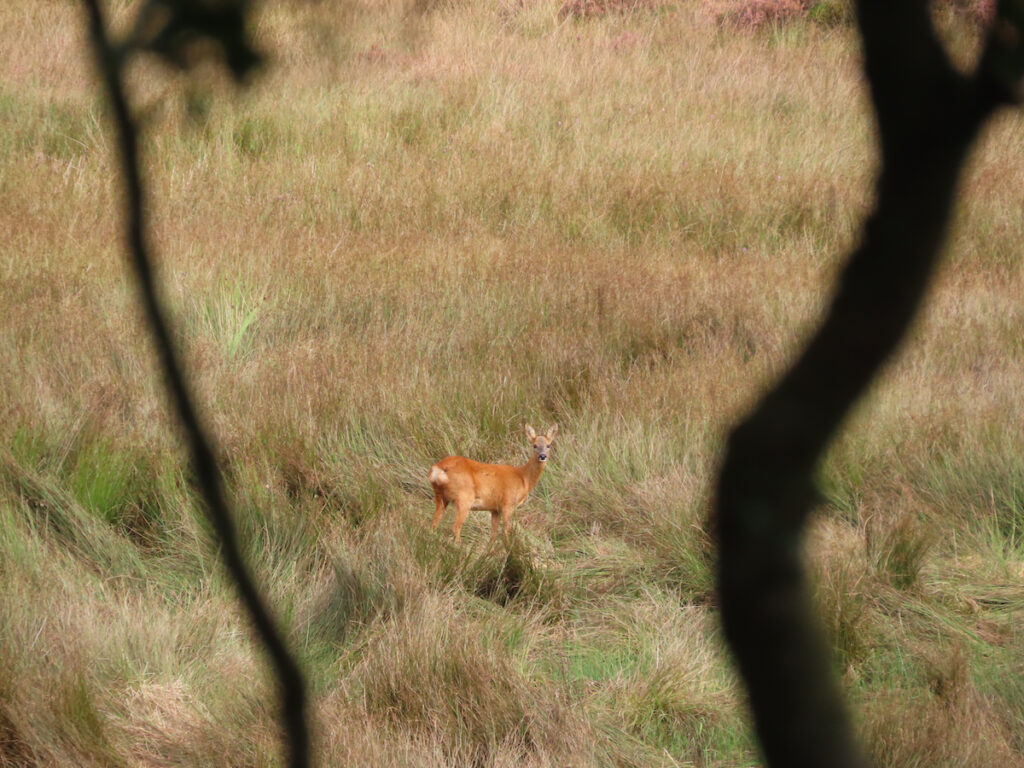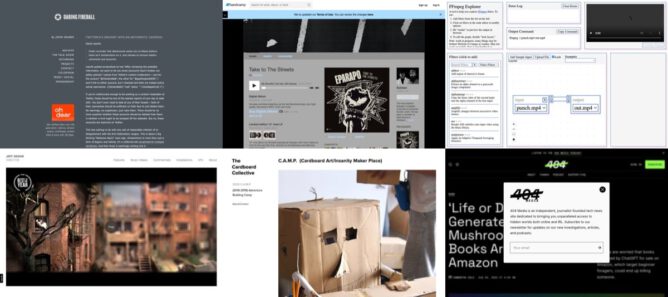I was thinking of Dylan Williams the other day and remembered David Noble, my partner in Edutalk partner had interviewed him back in 2012. This was the second round of AIFL in Scotland.
I gave it a listen on the way to work this morning. It is a great interview. Dylan is very positive about teaching, makes some great points and David asks great questions. I think it is still relevant 11 years later!
Well, I think that Scotland did a very good job of kicking off this process right at the end of the 1990s, the early 2000s.
So I think that the original focus was very welcome, the idea of assessment is for learning. I think people got slightly seduced by the tips and techniques rather than thinking about this as being a vehicle for teacher learning. So I think it got rather, and this may be inevitable for any innovation, it got rather packaged as being a thing that schools could do. And many schools think they’ve done assessment is for learning, and so they’re moving on to the next thing.
“inevitable for any innovation” – My emphasis.
Aiko
After listening to this I though I might like to grab some quotes so remembered I’d downloaded the free app Aiko, which is an AI-powered audio transcription, and ran the audio through it. After a hiccup when the app though the language was Welsh it seemed to do a great job. I’ve added it to the original post. David & I alway regretted not being able to provide accessible transcriptions of our broadcasts/podcasts. I am wondering about picking out some other episodes to transcribe. The audio is not attributed to the two different speakers, but I think it is easy enough to understand.
Radio Edutalk
Radio Edutalk is a project I am extremely please to have been part of. We were a bit ahead of the podcast curve, but it gave me an amazing opportunity to talk to all sort of amazing educators. It ran from 2009 till 2019 starting as an open to any contributor, mobile podcast and developing to include regular internet radio broadcasts which were archived as podcasts. About EDUtalk has a bit more information.





